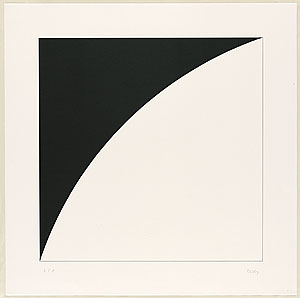Look around you. It will astound you. I need your lovin.
One by one, pillars of classical logic have fallen by the wayside as science progressed in the 20th century, from Einstein’s realization that measurements of space and time were not absolute but observer-dependent, to quantum mechanics, which not only put fundamental limits on what we can empirically know but also demonstrated that elementary particles and the atoms they form are doing a million seemingly impossible things at once. (…)
Eighty-seven years ago, as far as we knew, the universe consisted of a single galaxy, our Milky Way, surrounded by an eternal, static, empty void. Now we know that there are more than 100 billion galaxies in the observable universe. (…)
Combining the ideas of general relativity and quantum mechanics, we can understand how it is possible that the entire universe, matter, radiation and even space itself could arise spontaneously out of nothing, without explicit divine intervention. (…)
Perhaps most remarkable of all, not only is it now plausible, in a scientific sense, that our universe came from nothing, if we ask what properties a universe created from nothing would have, it appears that these properties resemble precisely the universe we live in.
artwork { Ellsworth Kelly, White curve I (black curve I), 1973 }



